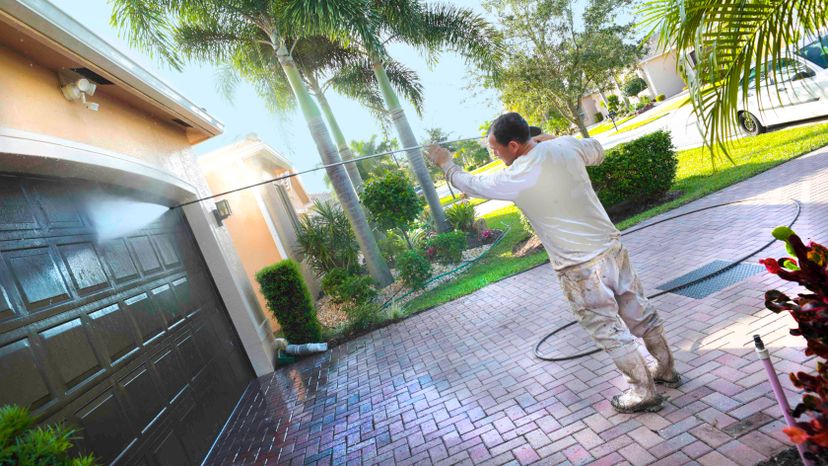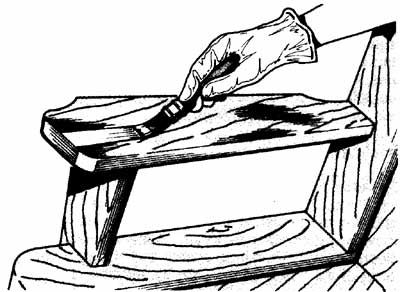As the name suggests, power, or pressure, washers are machines that spray water under high pressure. There are tons of them on the market from electric pressure washers to gas pressure washers, and knowing the difference is key. Think of them as adult squirt guns on steroids. But, like everything else in the world, you get what you pay for.
I'll admit, the pressure washer I used was not the best for washing a two-story house. I bought it on sale. Moreover, it was an electric pressure washer and not all that powerful. It was better suited to cleaning lawn furniture and sidewalks. The ancient Egyptians had an easier time wrapping their mummies than I had trying to wrap the extension cord and garden hose around the house.
I digress. What I should have bought was a gas pressure washer. Since the power of a pressure washer is measured in pounds per square inch (psi), gas-run machines can tackle a tough job. The washers come with different psi. Do your research to see which one is the best for you.
If you don't know which one to buy, talk to the experts at your local home improvement store for advice. If your house is wood, stucco, or aluminum sided, it is best washed with a machine that can generate 1,200 to 1,500 psi. If your house is brick, stone or vinyl, a machine that produces 2,500 to 3,000 psi is recommended.
Using the right nozzle is important, too. Some experts recommend using a 25- or 40-degree nozzle tip. (More on nozzles later.) If your house is two stories, get an extension wand. You'll thank me later. You don't want to use a ladder when pressure washing. Nothing good can come of it. You can also use an attachment with a brush. Brushes are great because they allow you to scrub the dirt away. If you want to blast away at the insides of your gutters, no problem. There are angled attachments to make the job easier.
Next, don't clean your house with just pressurized water. Ante up and buy detergent. For one thing, it makes cleaning so much easier. Plus, it's fun to watch dirt melt and drip to the ground in a miasma of suds. There's something cool about washing suds off a long porch.
I for one, love TSP Heavy-Duty Cleaner. I use it on the house even if I'm not power washing. This stuff cuts through any type of stubborn dirt and grime. It also destroys mold, so you don't have to use bleach. You can mix it yourself, or just buy a pre-mixed jug. It looks like pink lemonade, but please, don't let anyone you know drink it. You can use TSP on brick, stone, wood, and cement.

